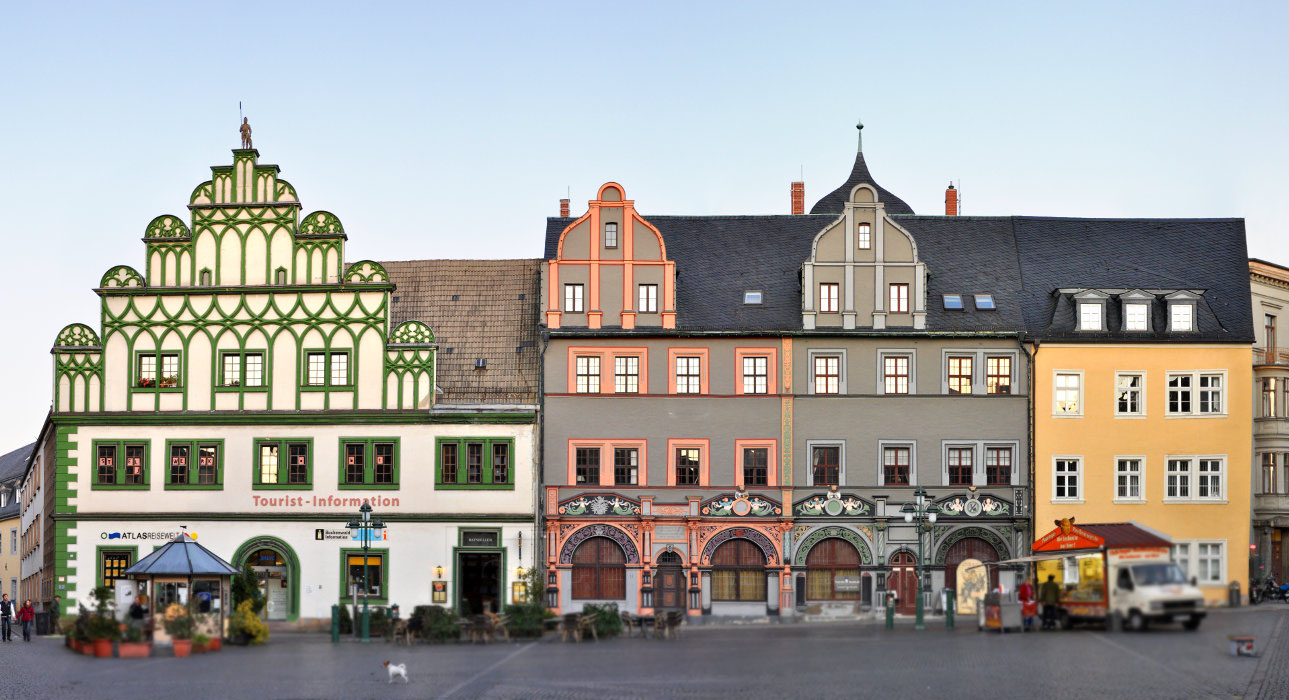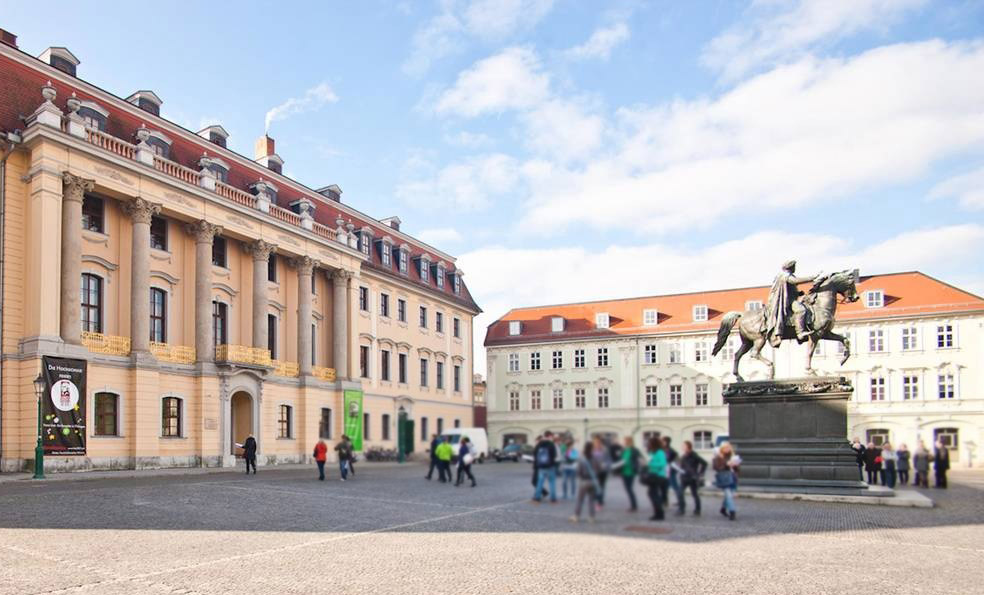Cranachhaus Weimar
Audio Guide Cranachhaus
The Cranachhaus in Weimar is a historic building where the famous Renaissance painters Lucas Cranach the Elder and his son Lucas Cranach the Younger lived and worked in the 16th century. This building was built between 1547 and 1549 to a design by Nikolaus Gromann for Chancellor Christian Bruck, who was the son-in-law of Lucas Cranach the Elder and is an important architectural monument of the time.
The Cranachhaus was severely damaged during World War II, but was later restored to its original form. Today, the place serves as a theatre where plays based on the works of classics such as Goethe and Schiller are performed.
One of the interesting facts about the building is the Cranach coat of arms depicted on the facade of the building. It is a winged snake symbolising the Cranach family.
Lucas Cranach the Elder spent the last year of his life in the Cranachhaus and began work on a triptych for the church of St Peter and Paul, which was later completed by his son.
A theatre in the basement that plays small productions based on works by Goethe, Schiller and other classics. It is a place where you can feel the atmosphere of the time and enjoy the literary heritage.
This building is a historical monument because it is associated with the life and work of the outstanding Renaissance painters Lucas Cranach the Elder and his son Lucas Cranach the Younger. In this building they created many works of art that reflected the spirit of the era and influenced the development of European culture.
Other sights
-
Albert Schweitzer Denkmal
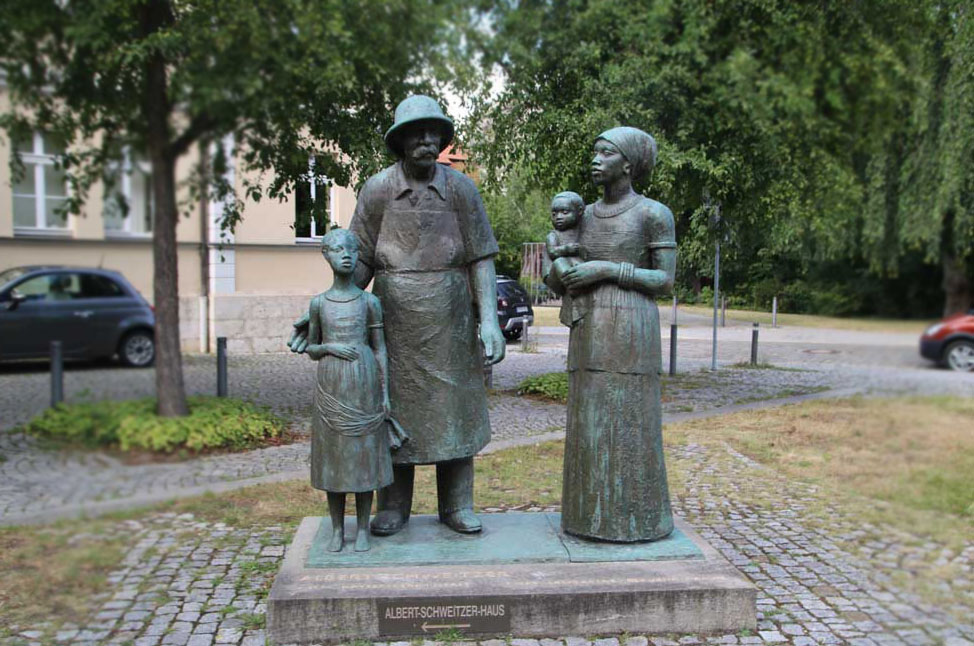
-
Altenburg (Franz Liszt)

-
Atrium & ehemaliges Gauforum
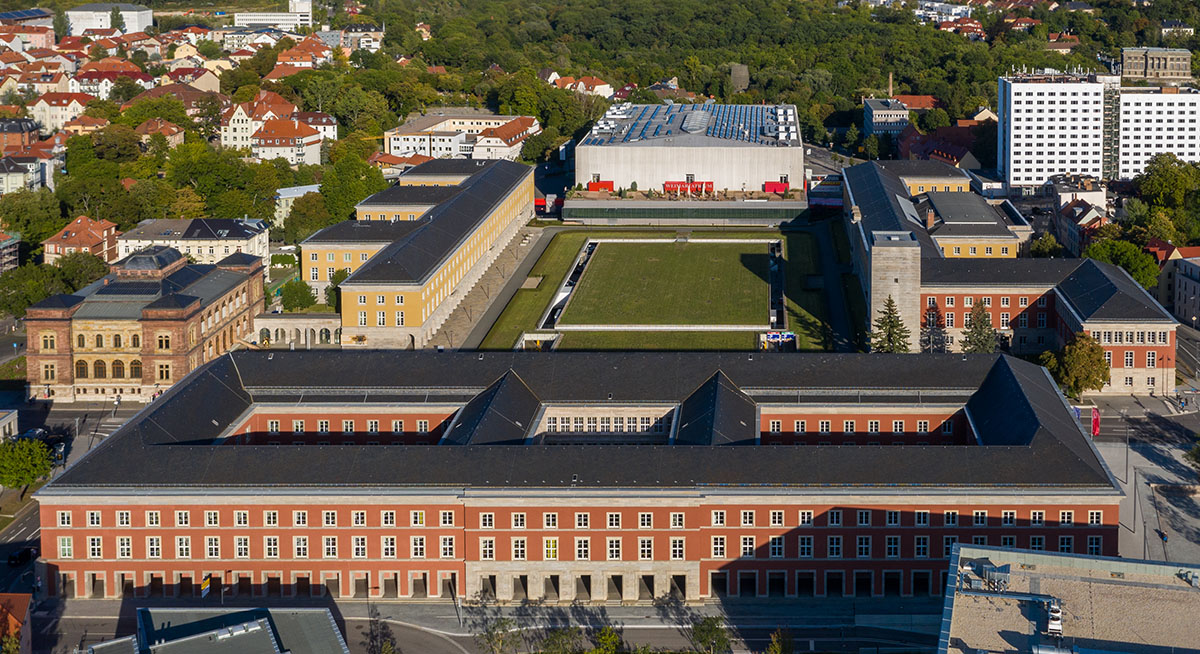
-
Bauhaus Universität (Henry van de Velde)
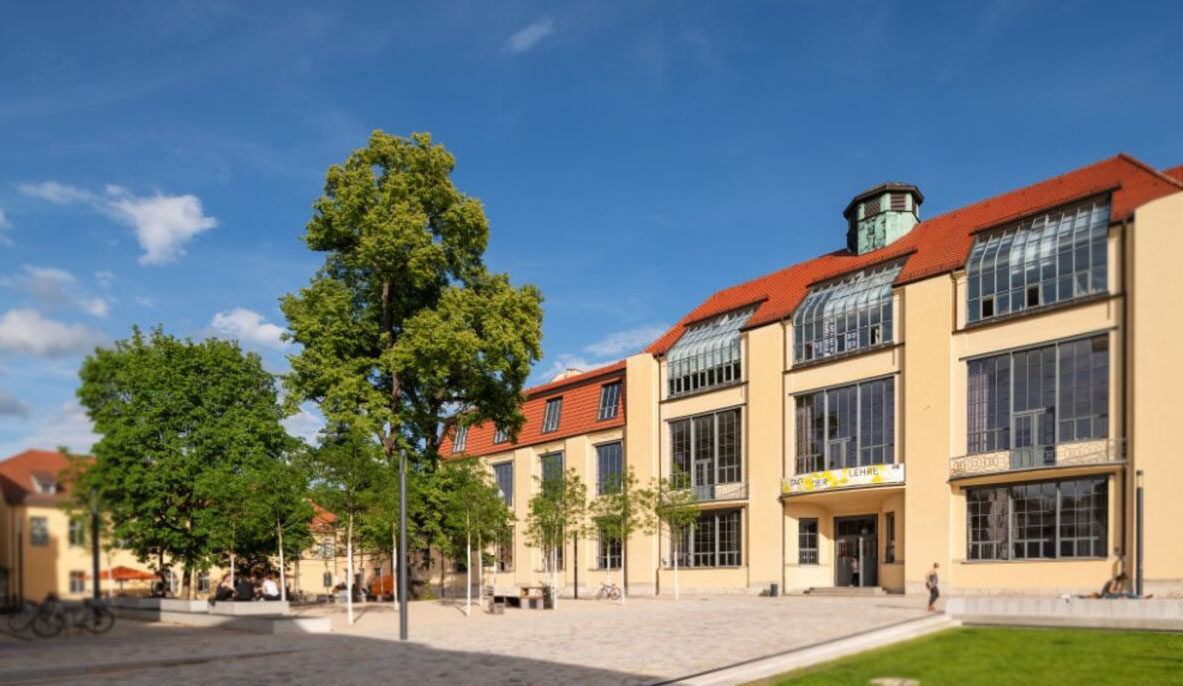
-
Bauhaus: Haus am Horn
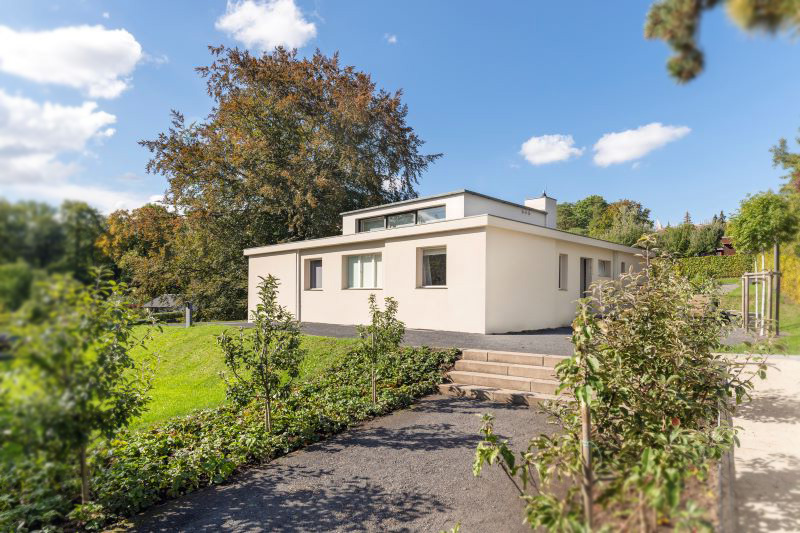
-
Carl Heinrich Ferdinand Streichhan-Kaserne
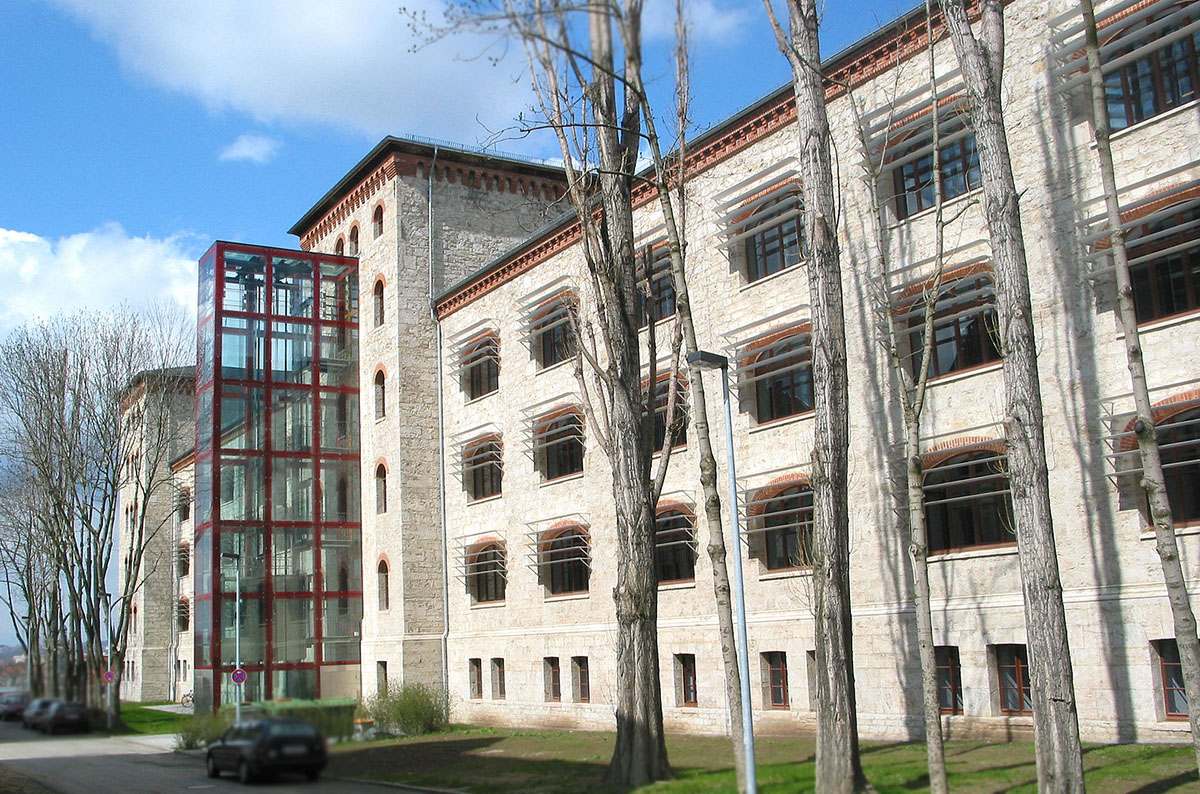
-
Denkmal Nepomuk Hummel
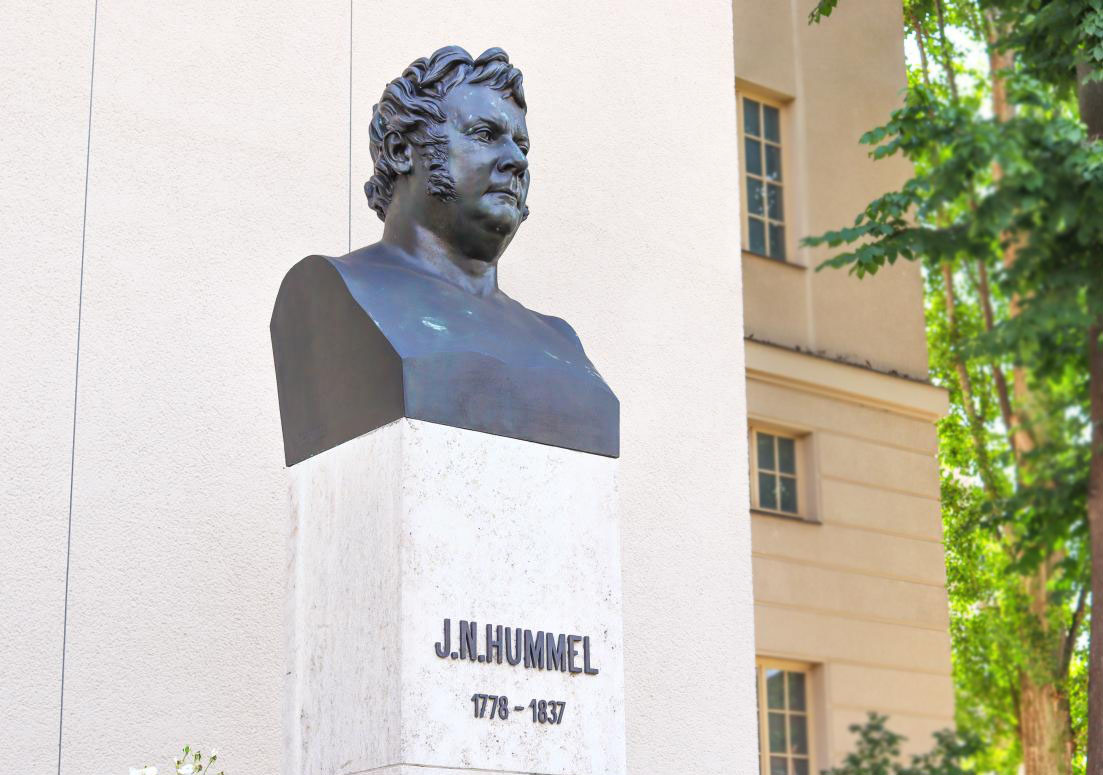
-
Denkmal Nepomuk Hummel und katholische Kirche
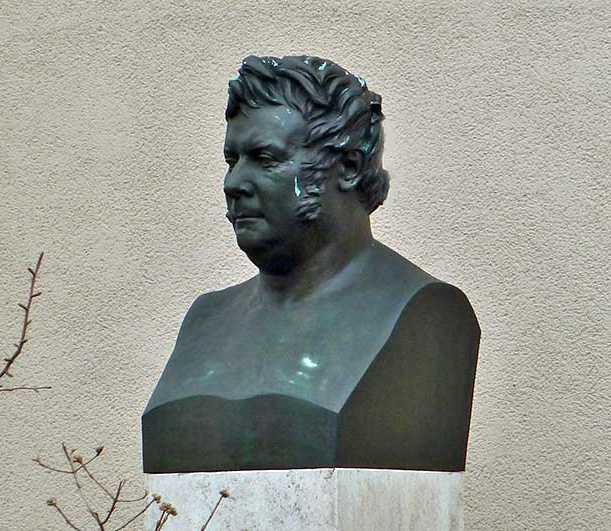
-
Deutsches Nationaltheater Goethe & Schiller Denkmal
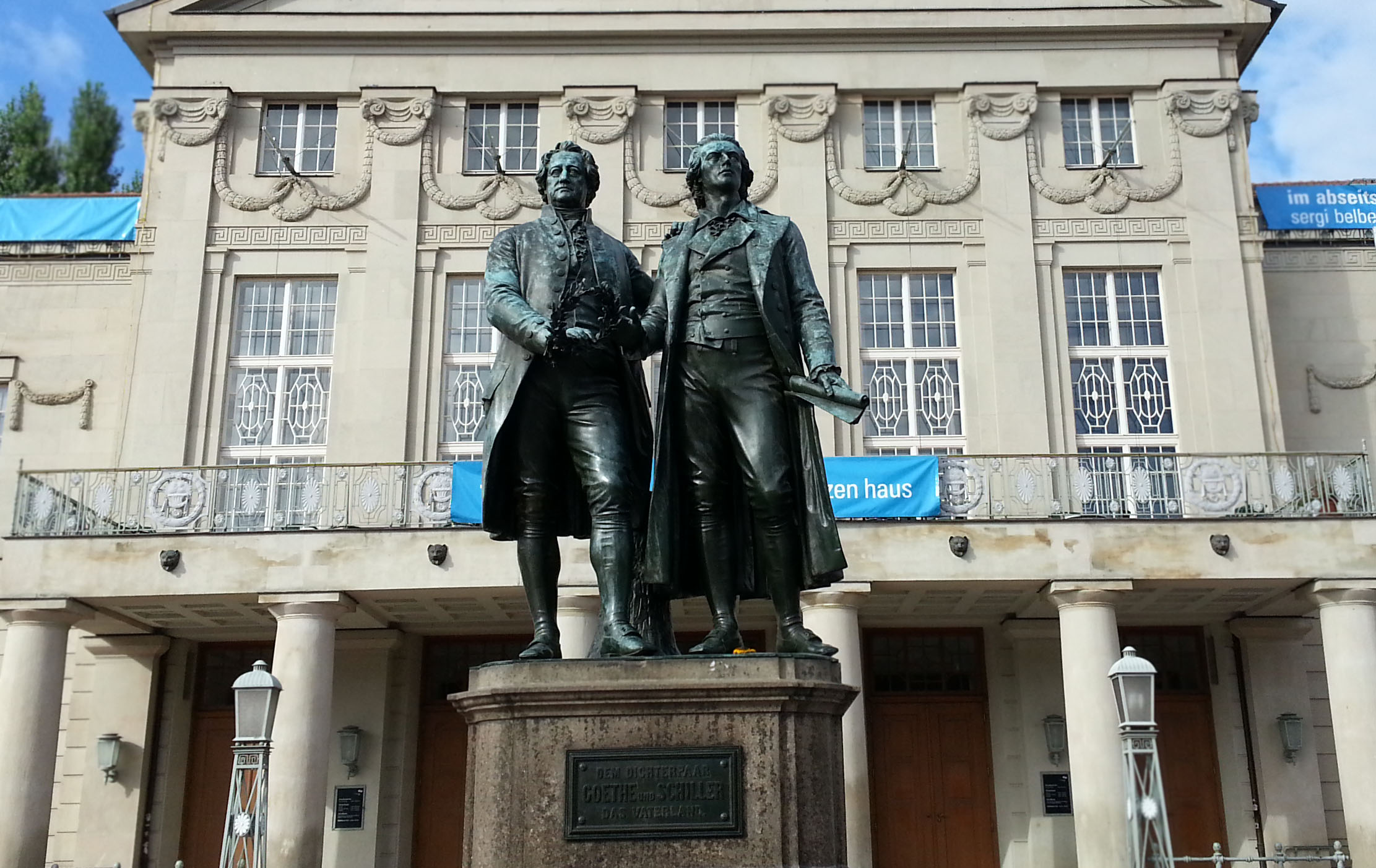
-
Ginkgobaum
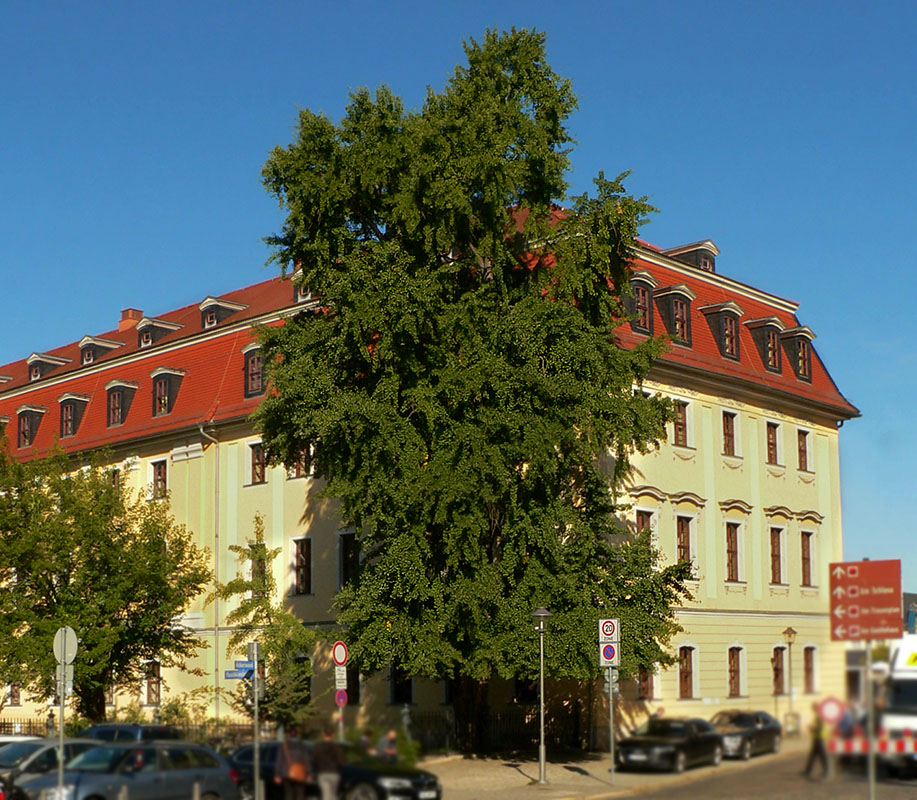
-
Goethe- & Schillerarchiv
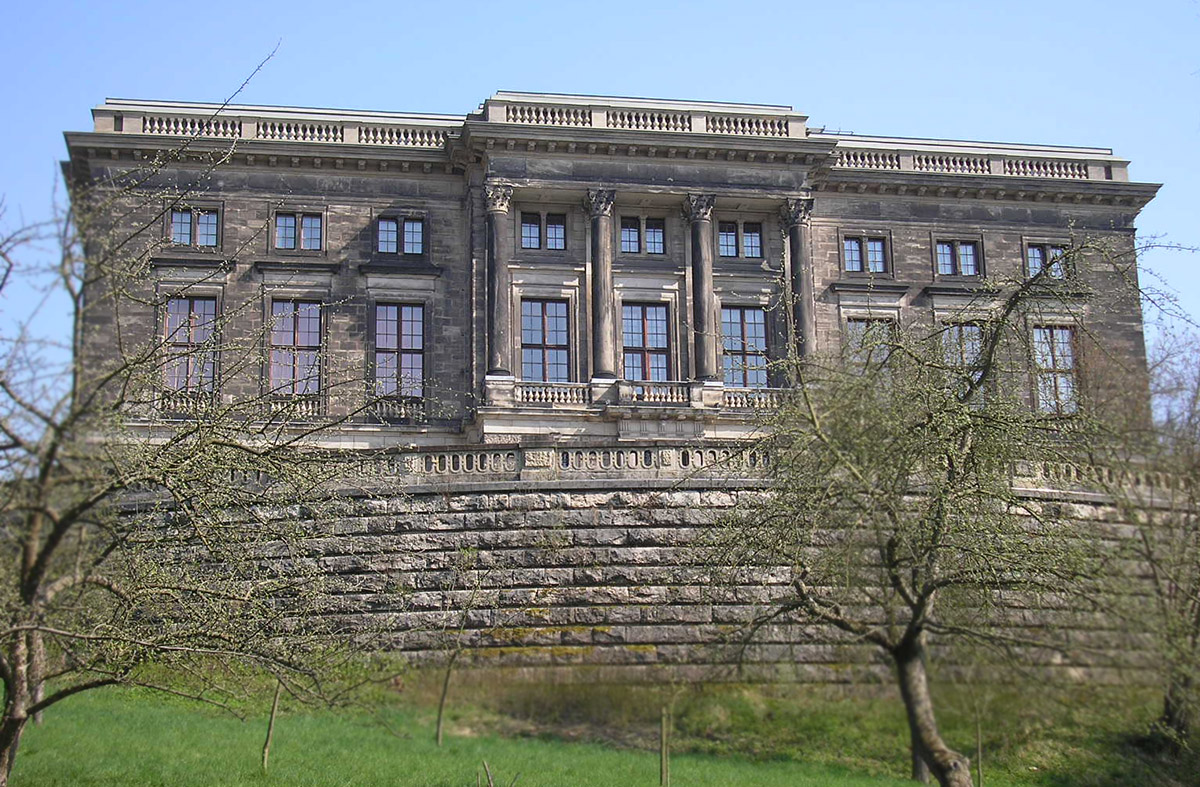
-
Goetheplatz mit Kasseturm & Stadtmauer

-
Goethes Wohnhaus
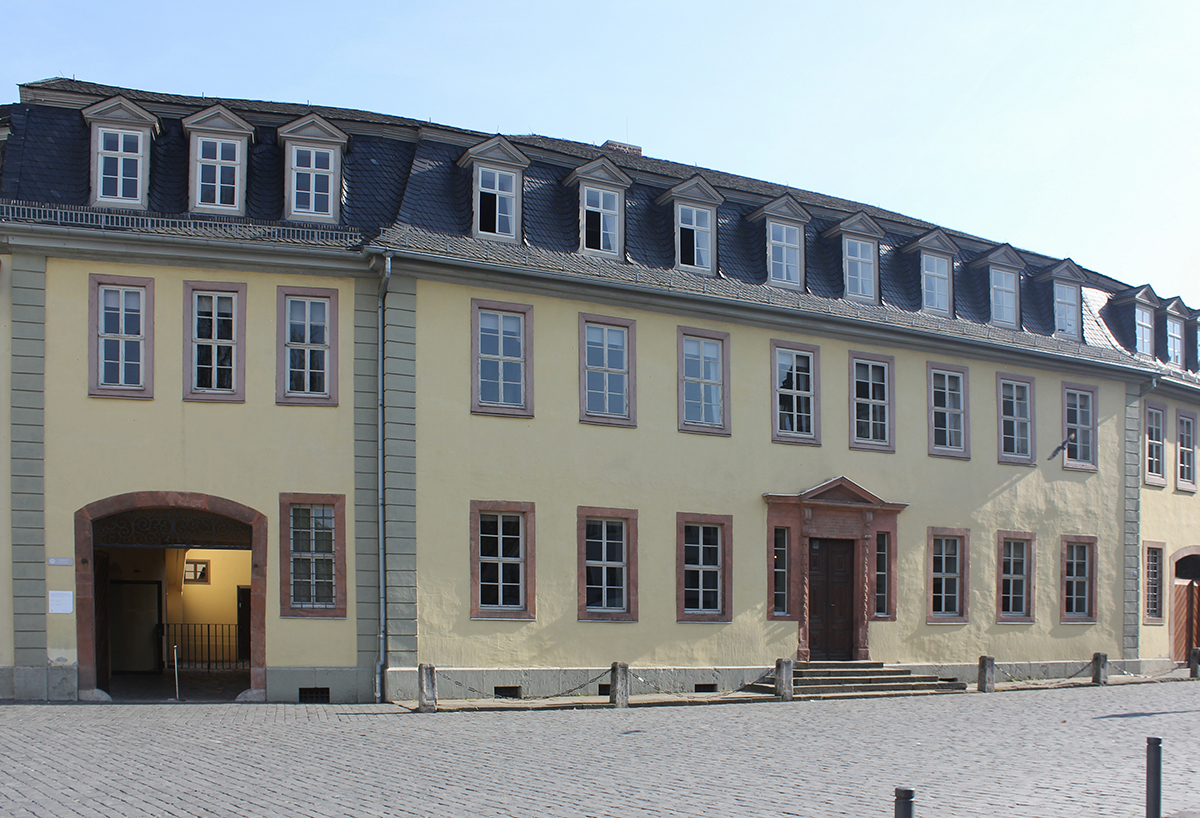
-
Haus am Horn
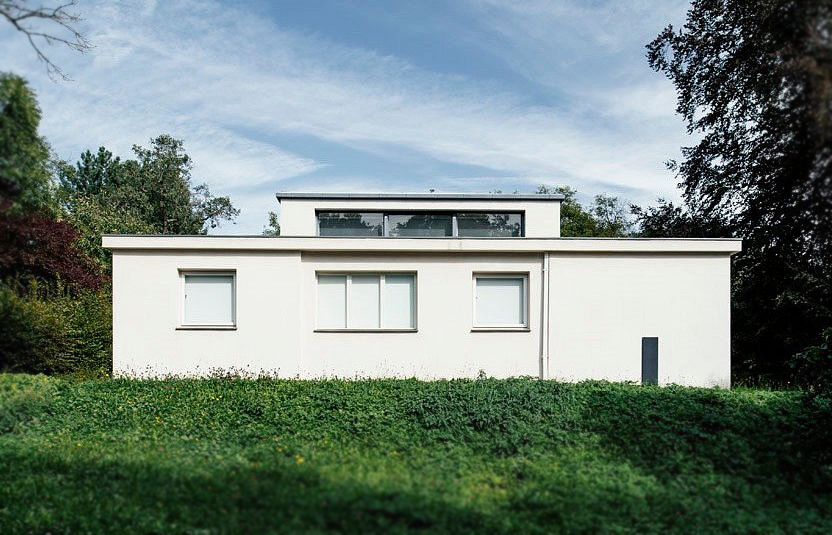
-
Haus der Charlotte von Stein
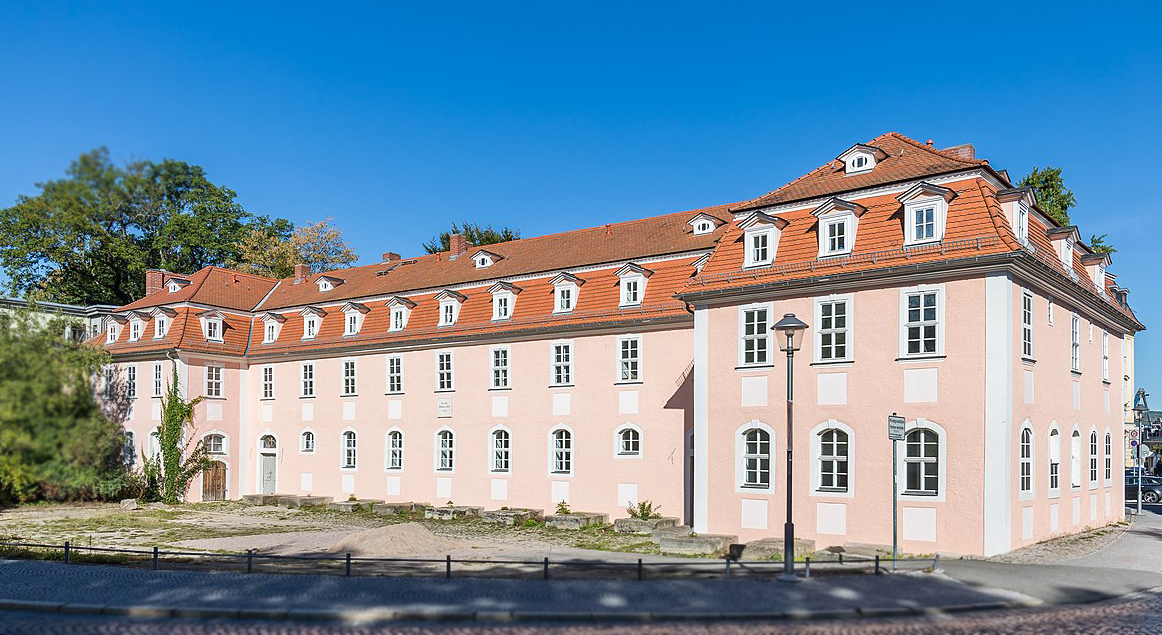
-
Herderplatz & Kirche St. Peter und Paul
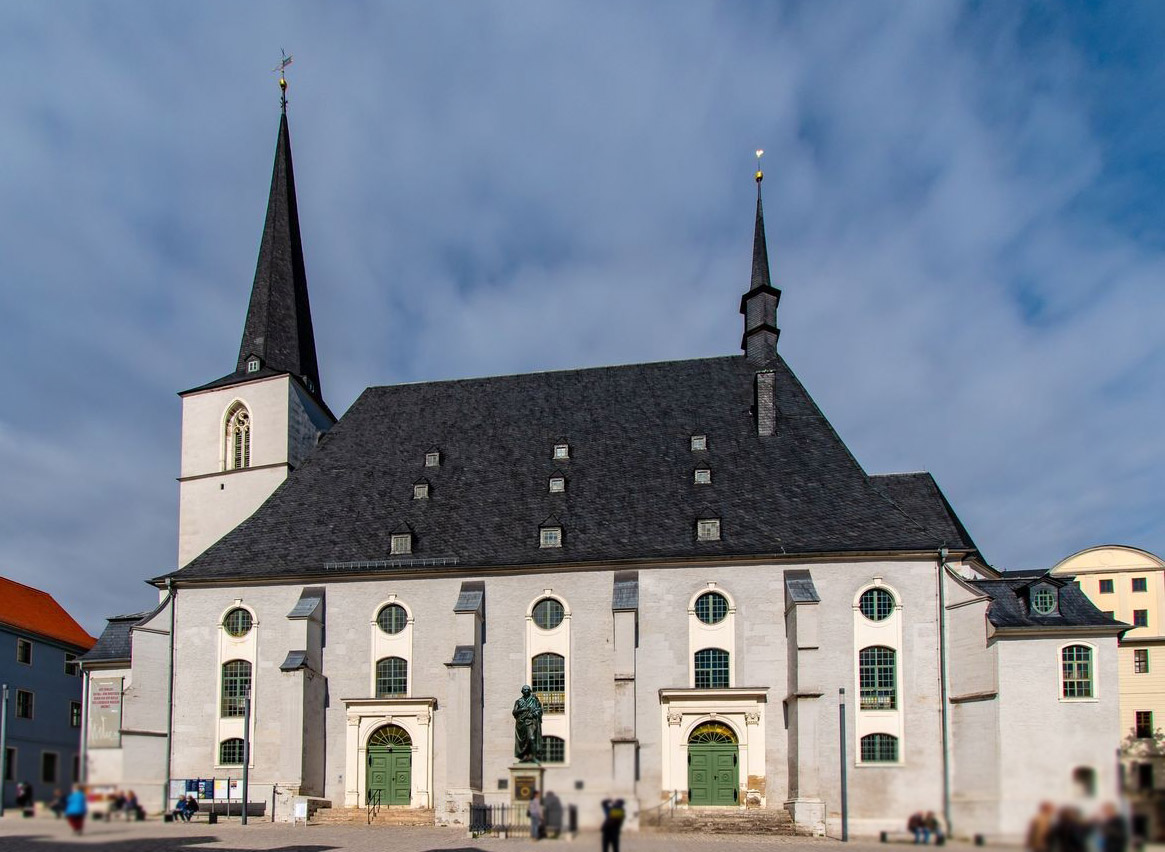
-
Herzogin Anna-Amalia-Bibliothek
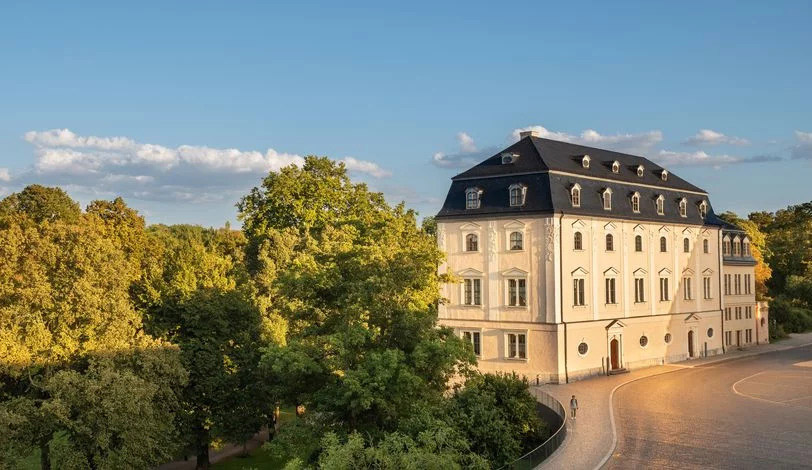
-
Historischer Friedhof
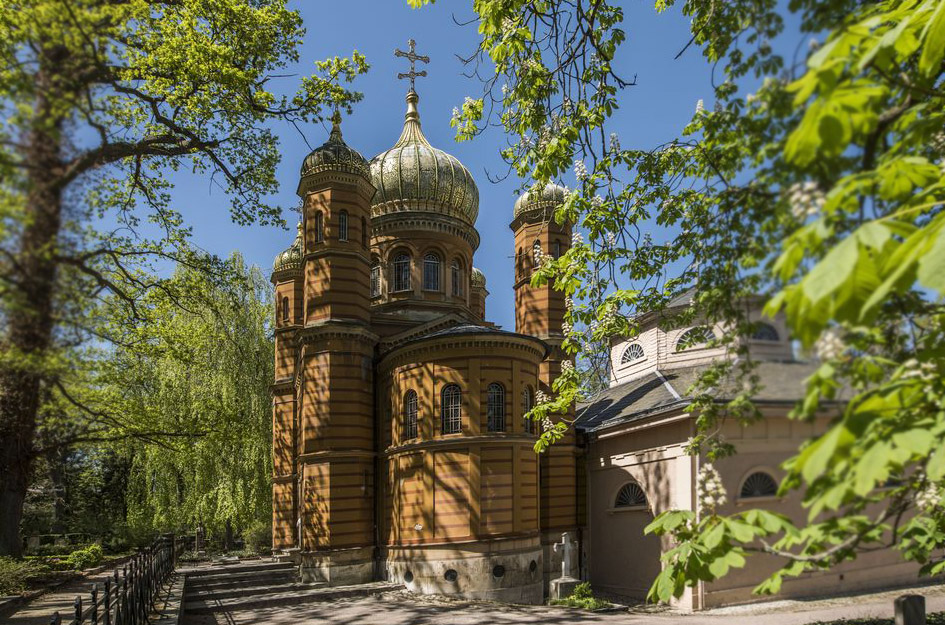
-
Hochschule für Musik Franz Liszt (Fürstenhaus)
-
J. G. Herder, Kirche St. Peter und Paul
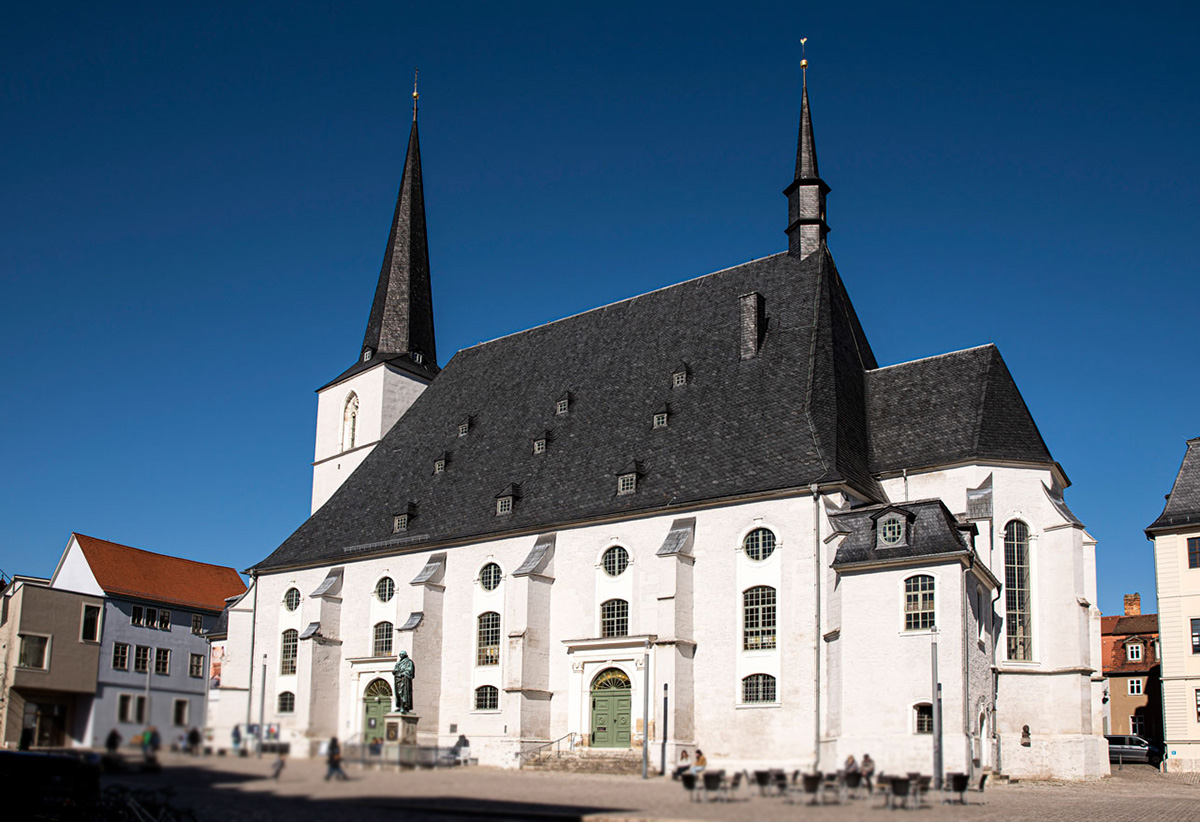
-
J. S. Bach in Weimar & Bachtafel
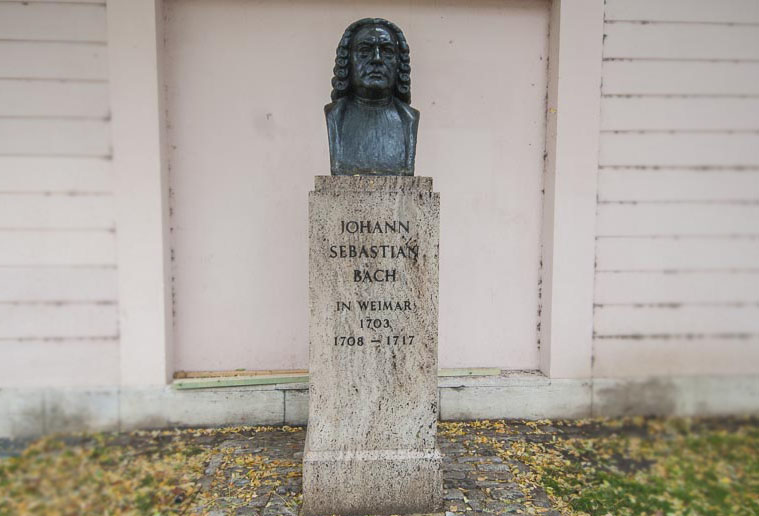
-
Katholische Kirche
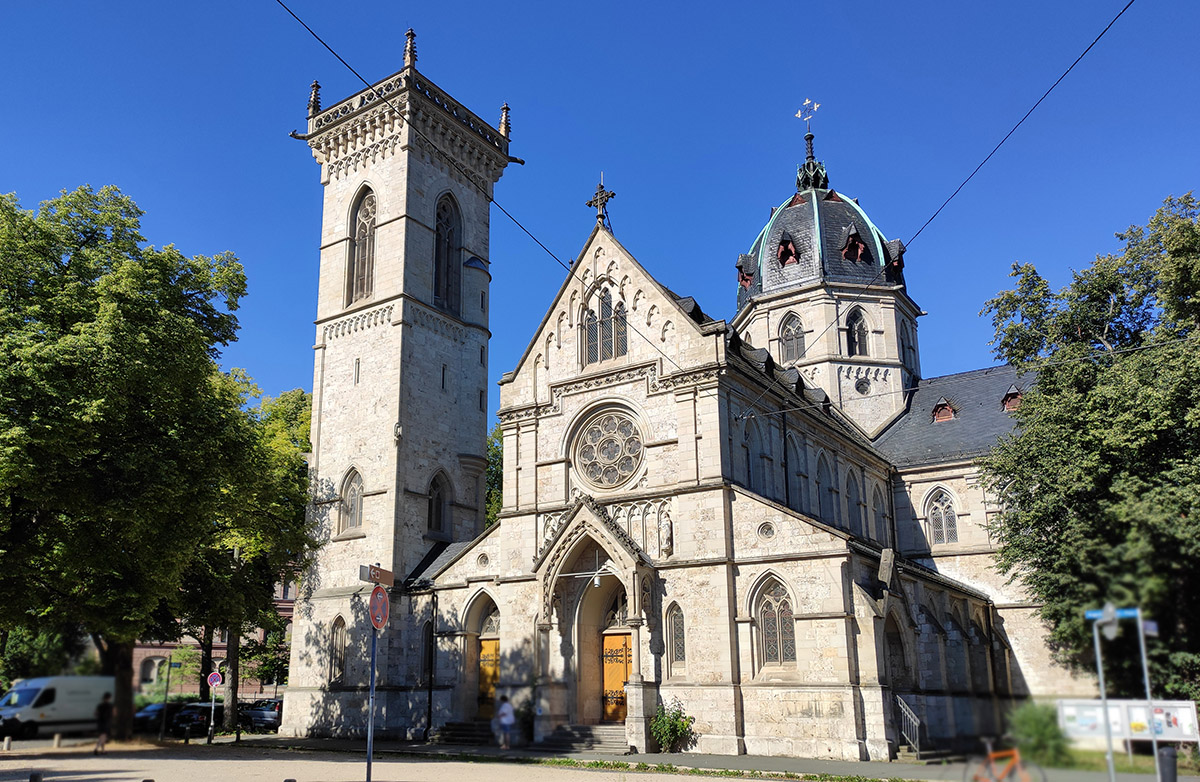
-
Landesmuseum
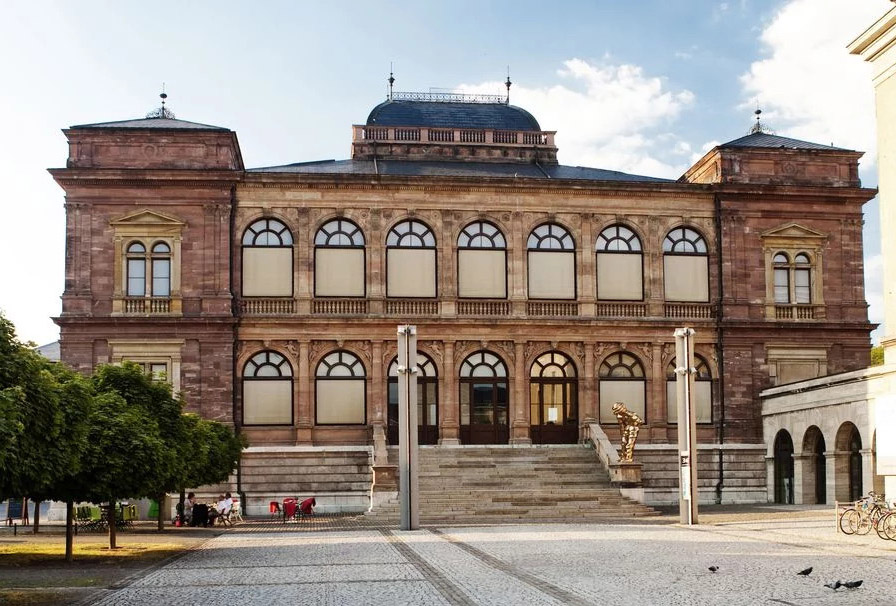
-
Liszthaus & Liszt in Weimar
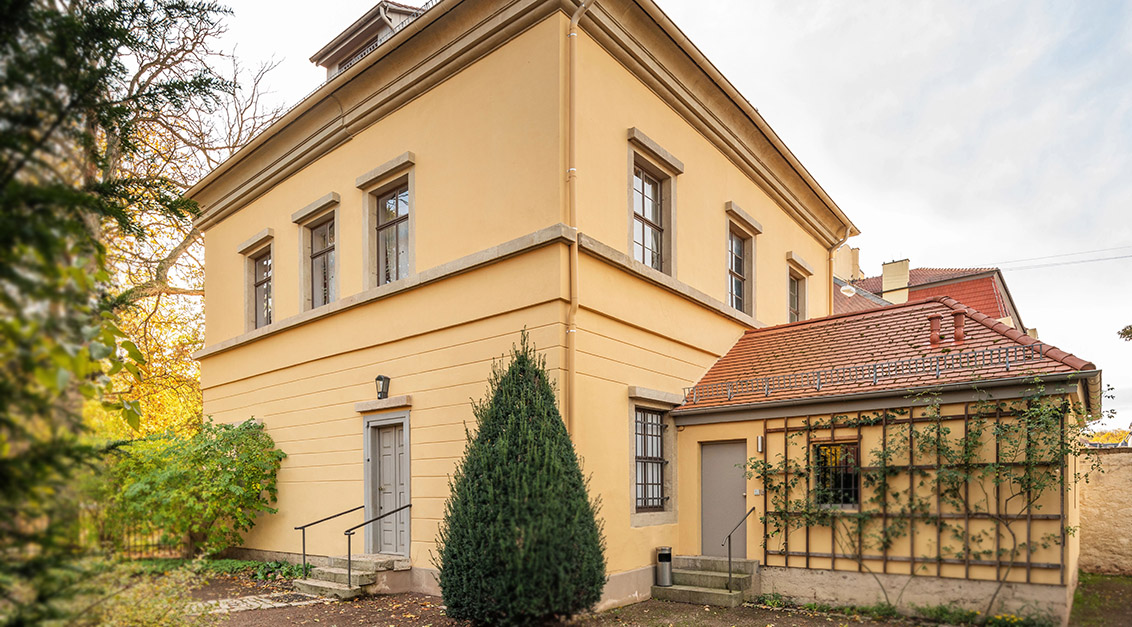
-
Markt
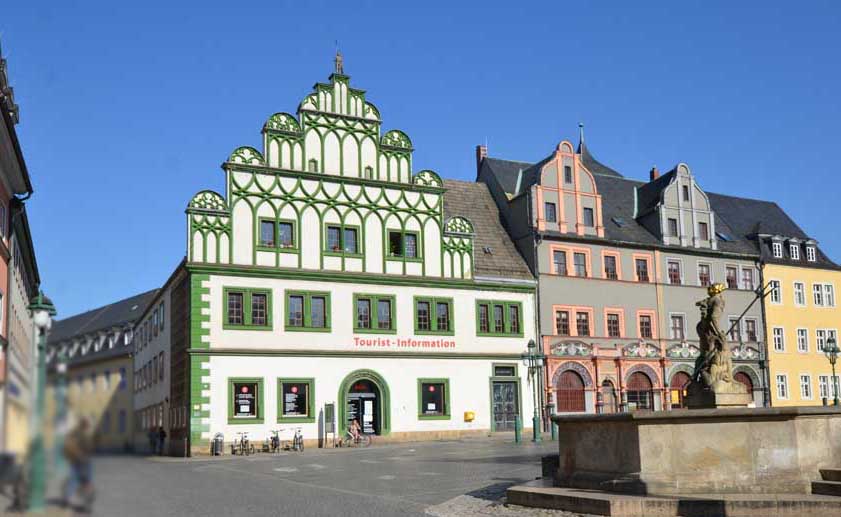
-
Marktplatz, J. S. Bach

-
Marktplatz, Rathaus, Cranachhaus
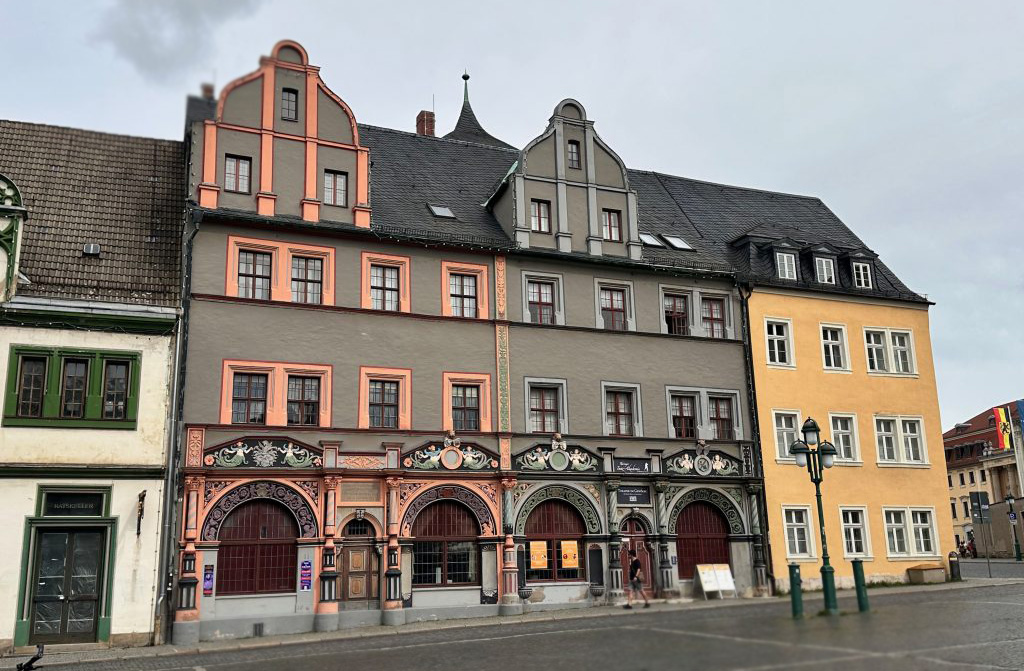
-
Marstall
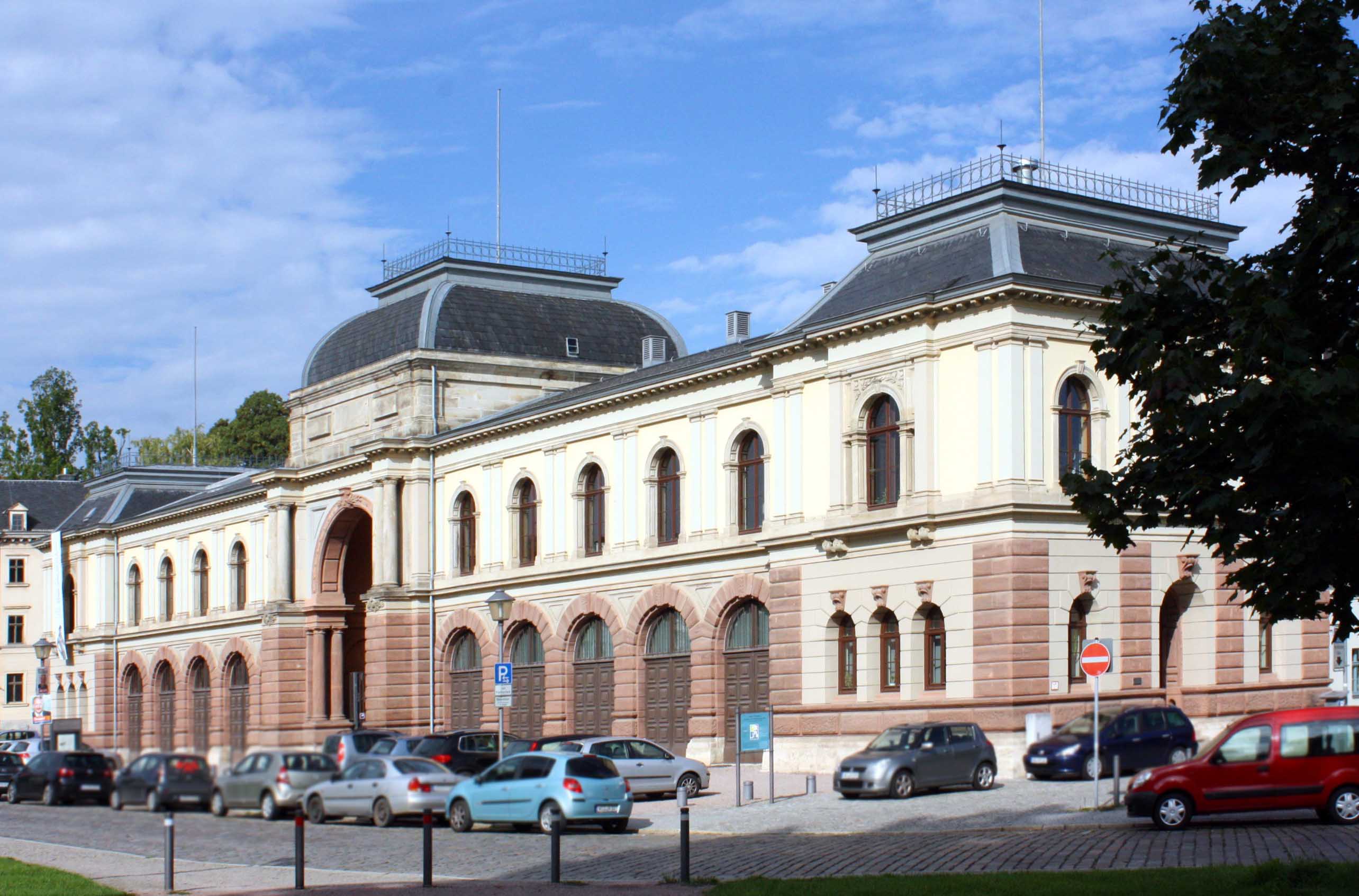
-
Modernes Weimar: Neues Bauen am Horn
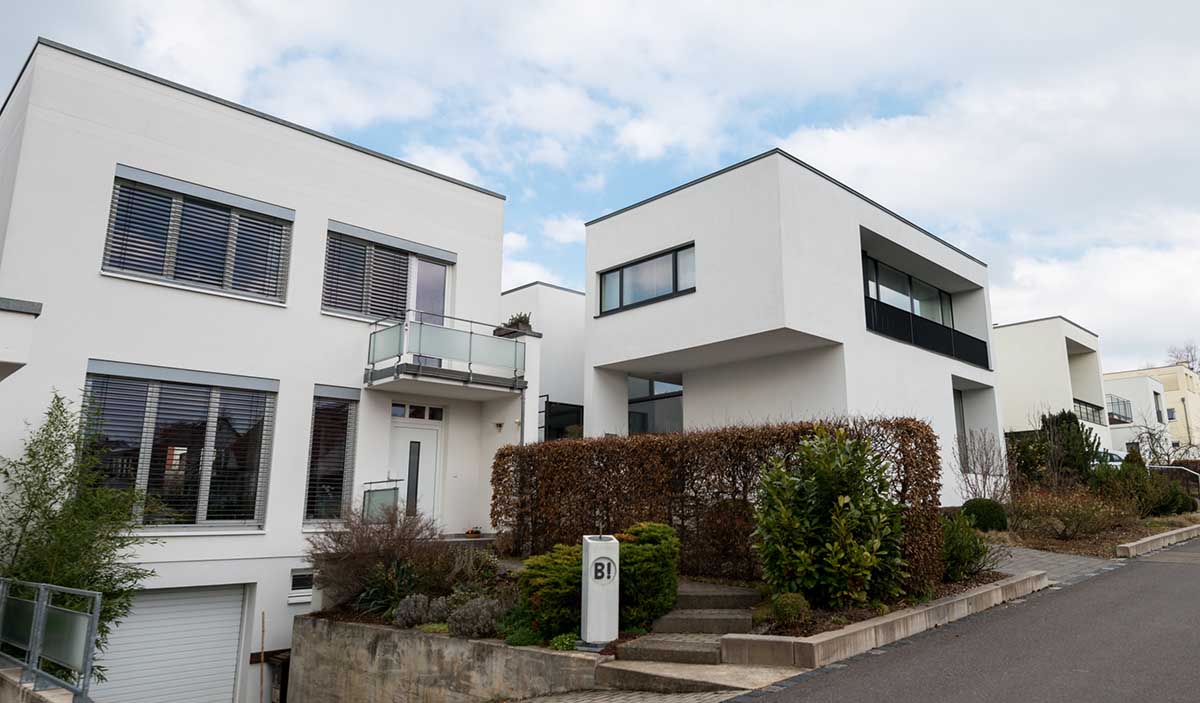
-
Neue Weimarhalle
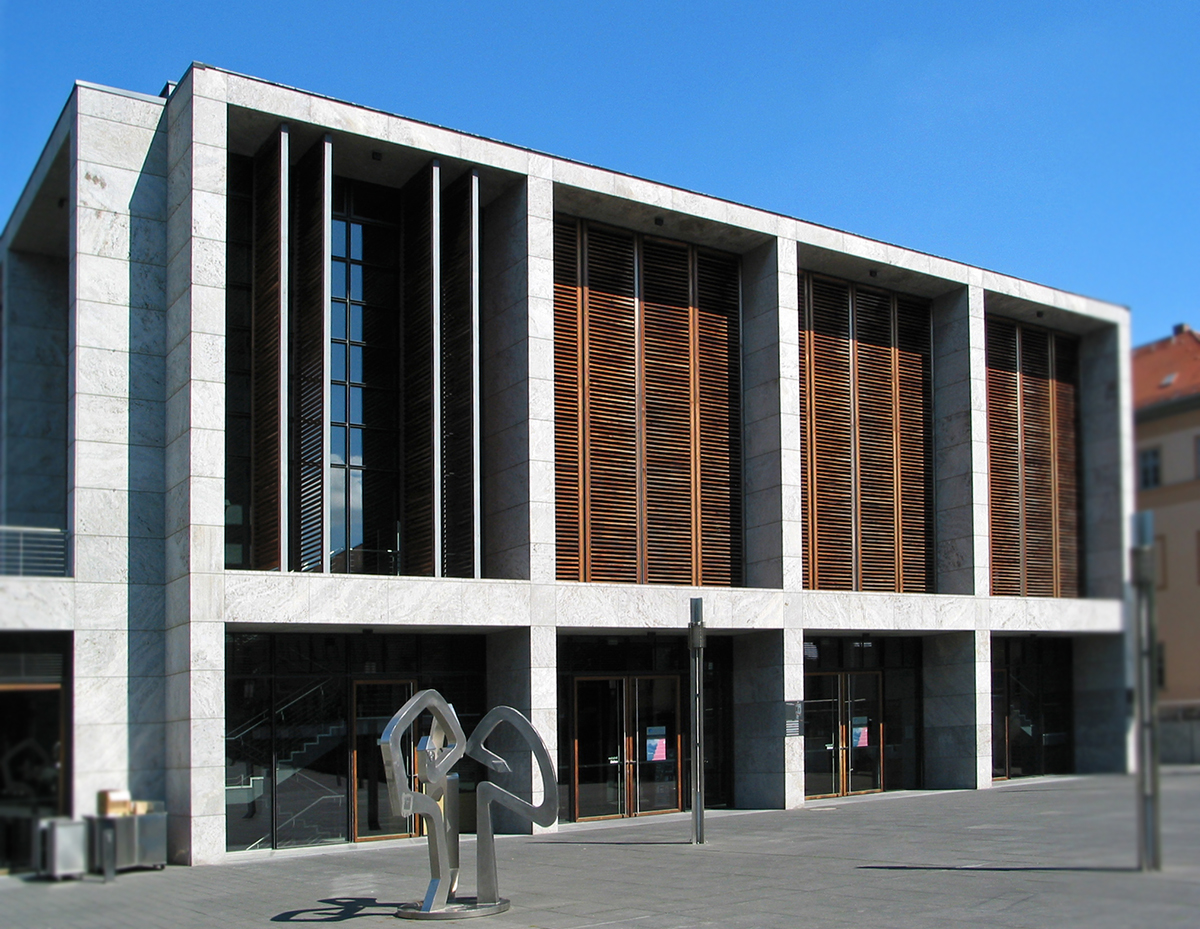
-
Neues Museum
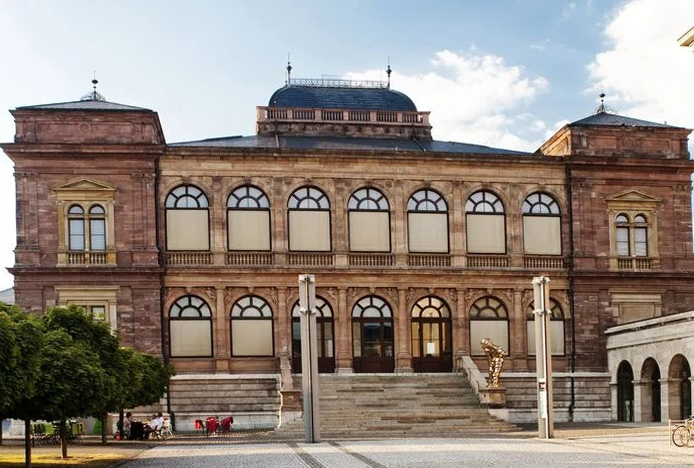
-
Parkhöhle

-
Platz der Demokratie (Fürstenplatz)
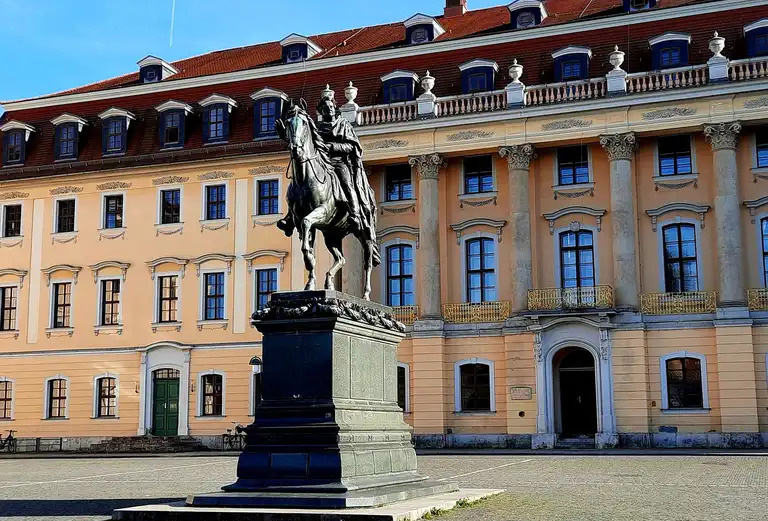
-
Platz der Demokratie, Anna Amalia Bibliothek
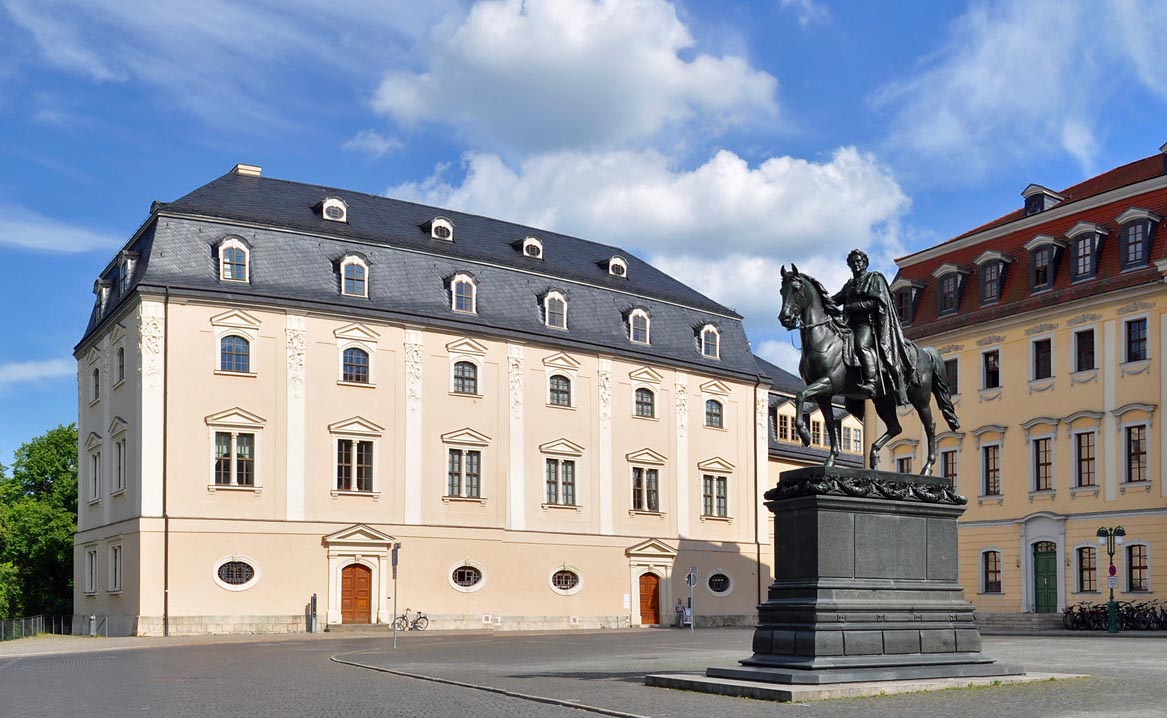
-
Rathaus
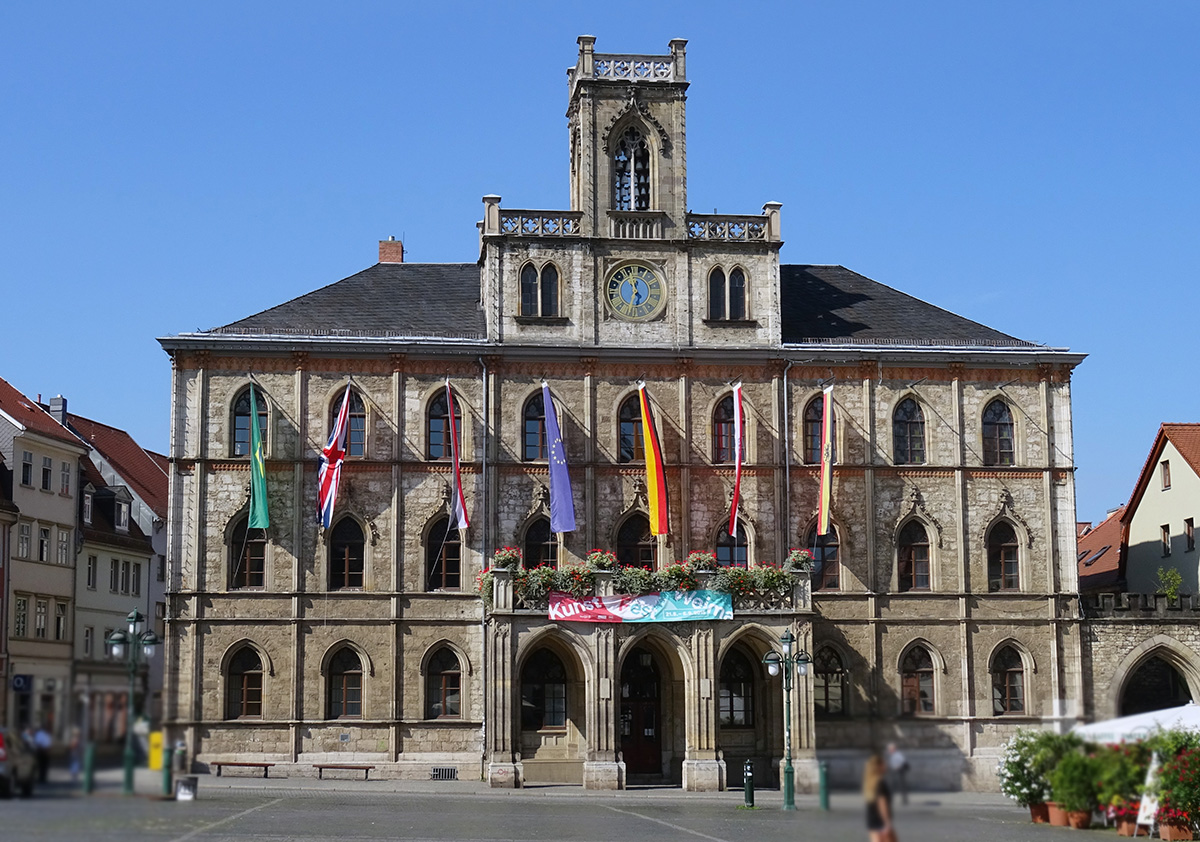
-
Reiterstandbild Carl August
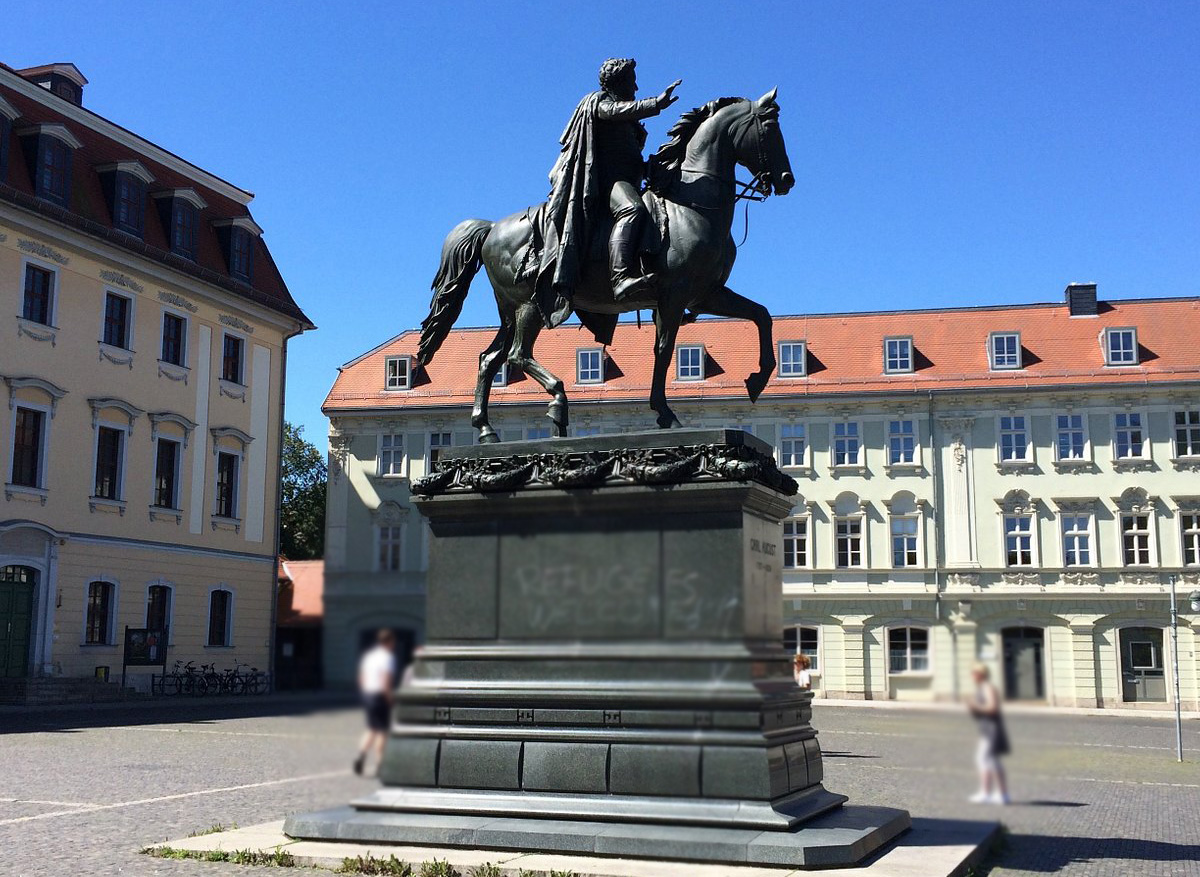
-
Römisches Haus (Carl August)

-
Schloss Belvedere
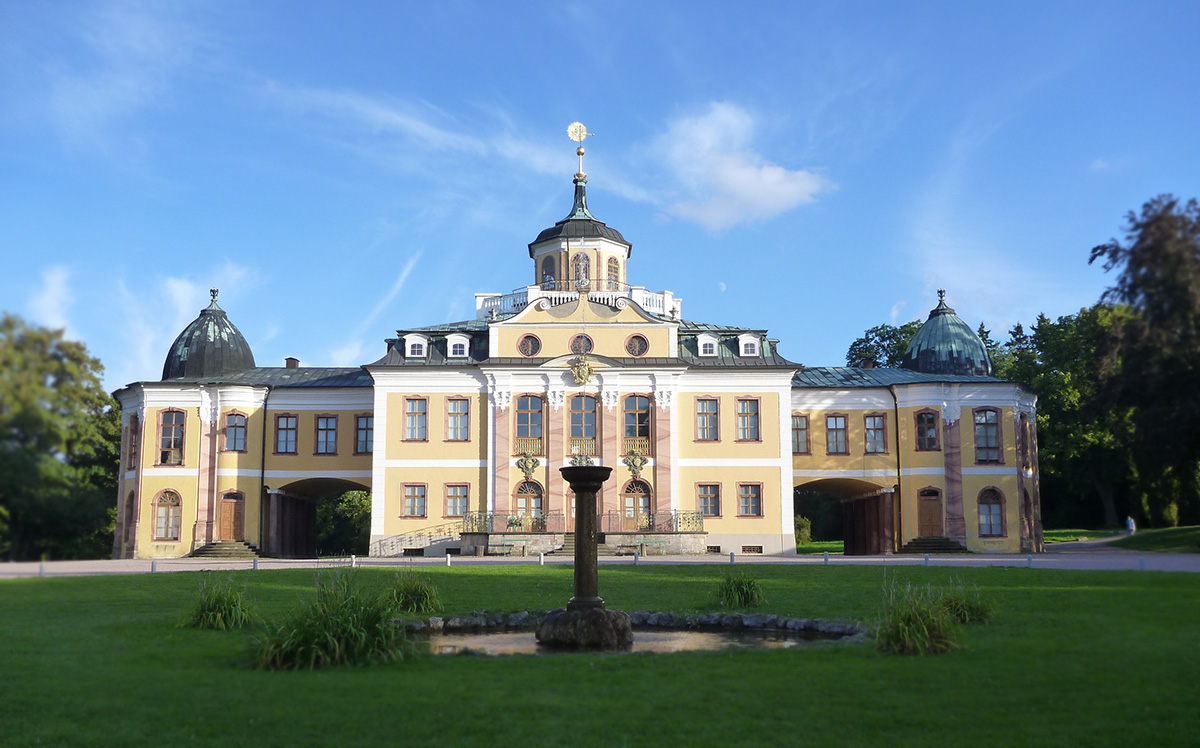
-
Stadtmuseum
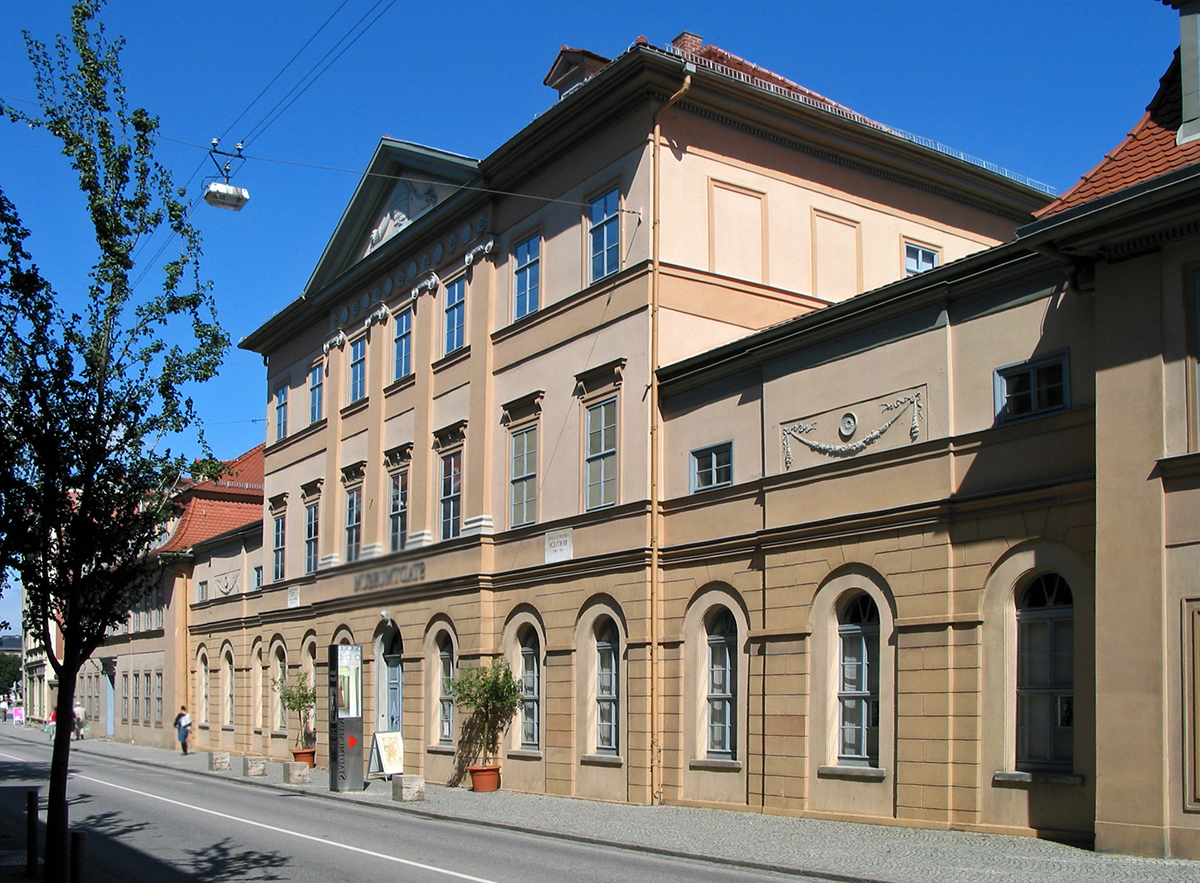
-
Stadtschloss
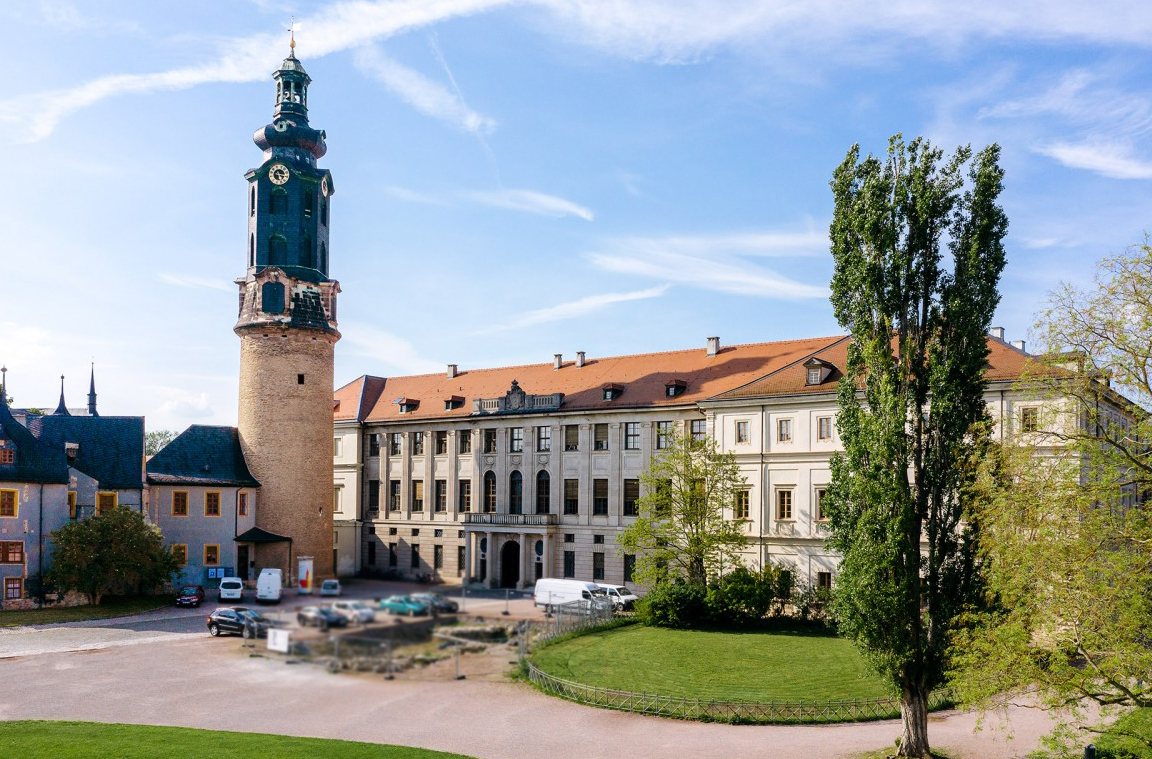
-
Standort Neues Bauhausmuseum
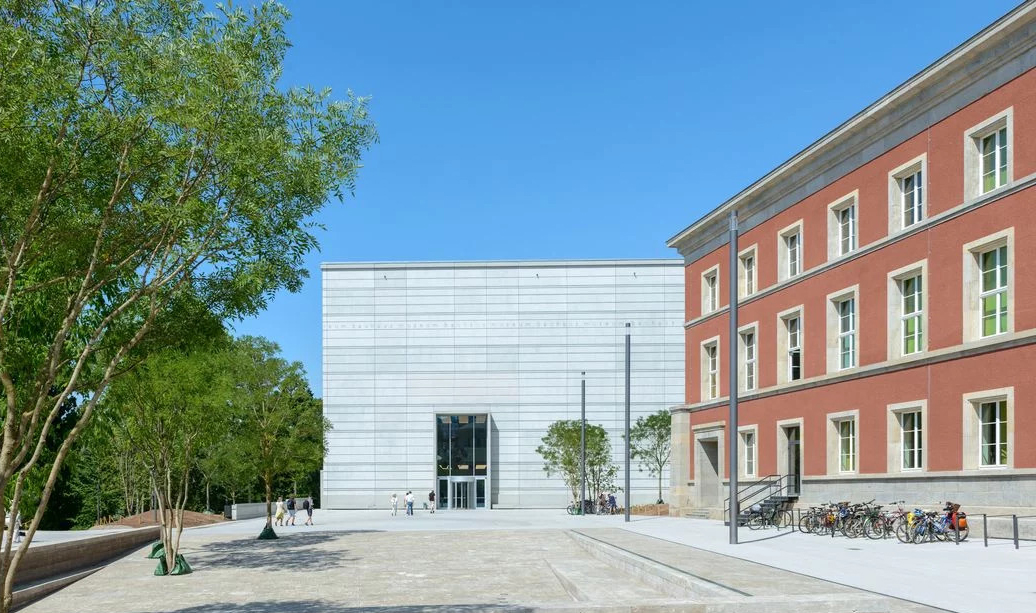
-
Villa Altenburg
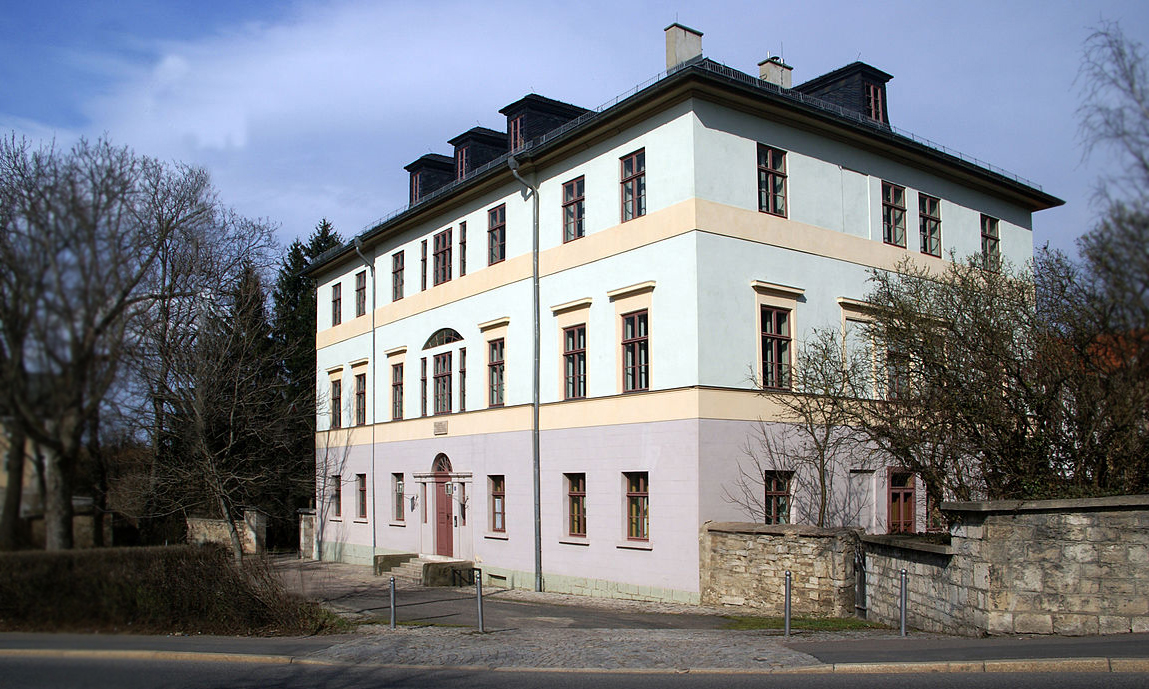
-
Welscher Garten
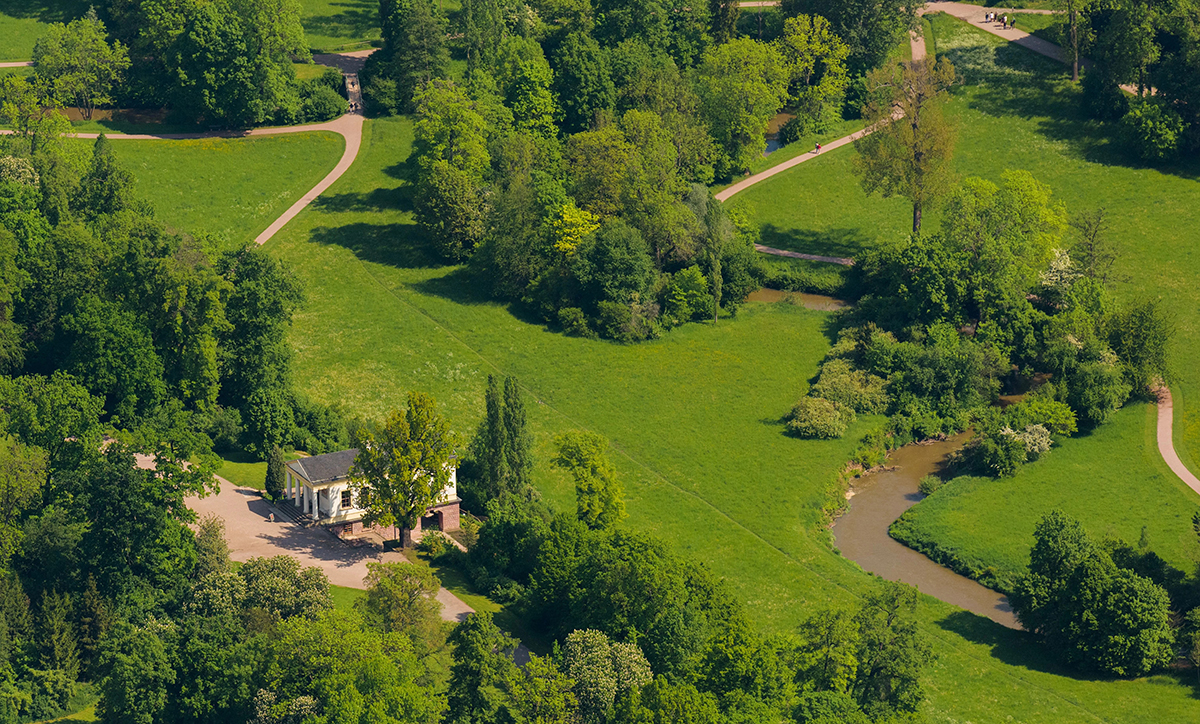
-
Wielanddenkmal
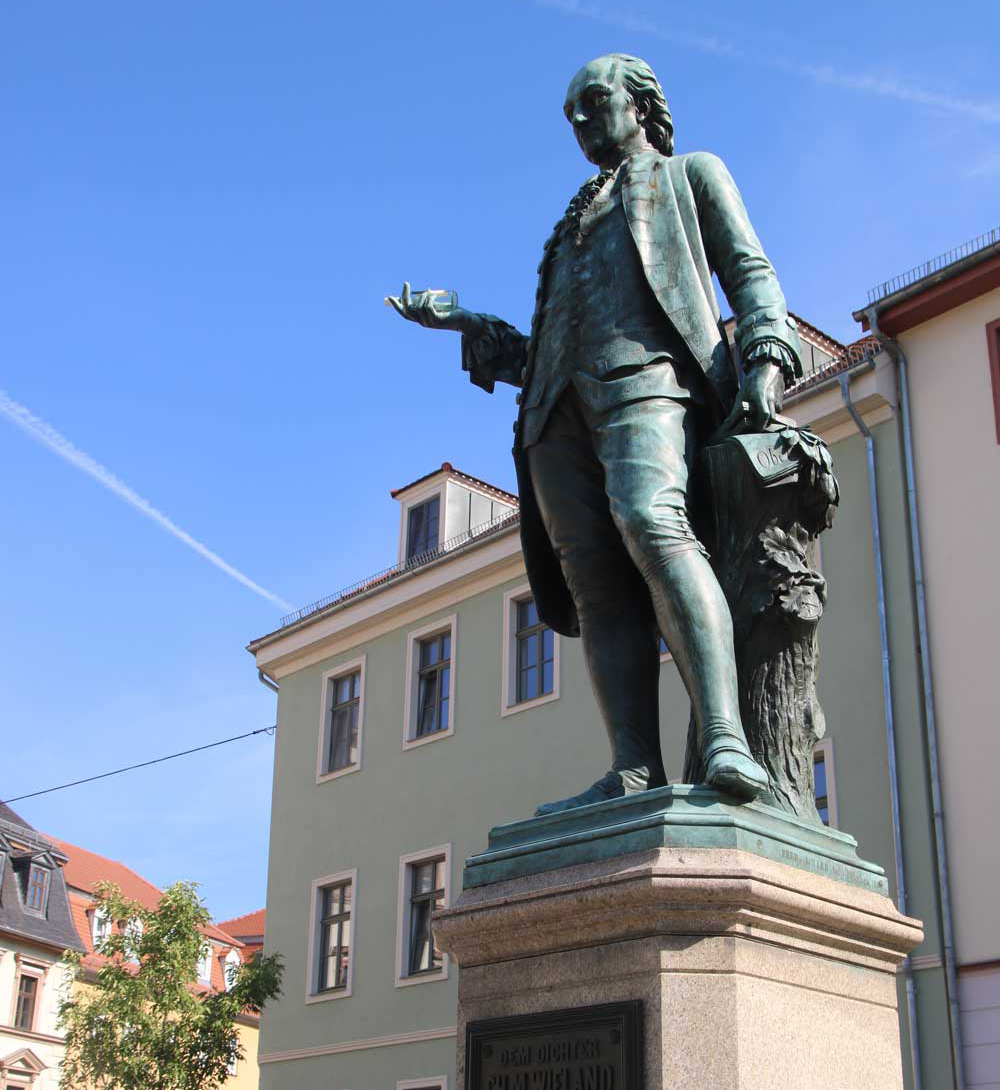
-
Wittumspalais

